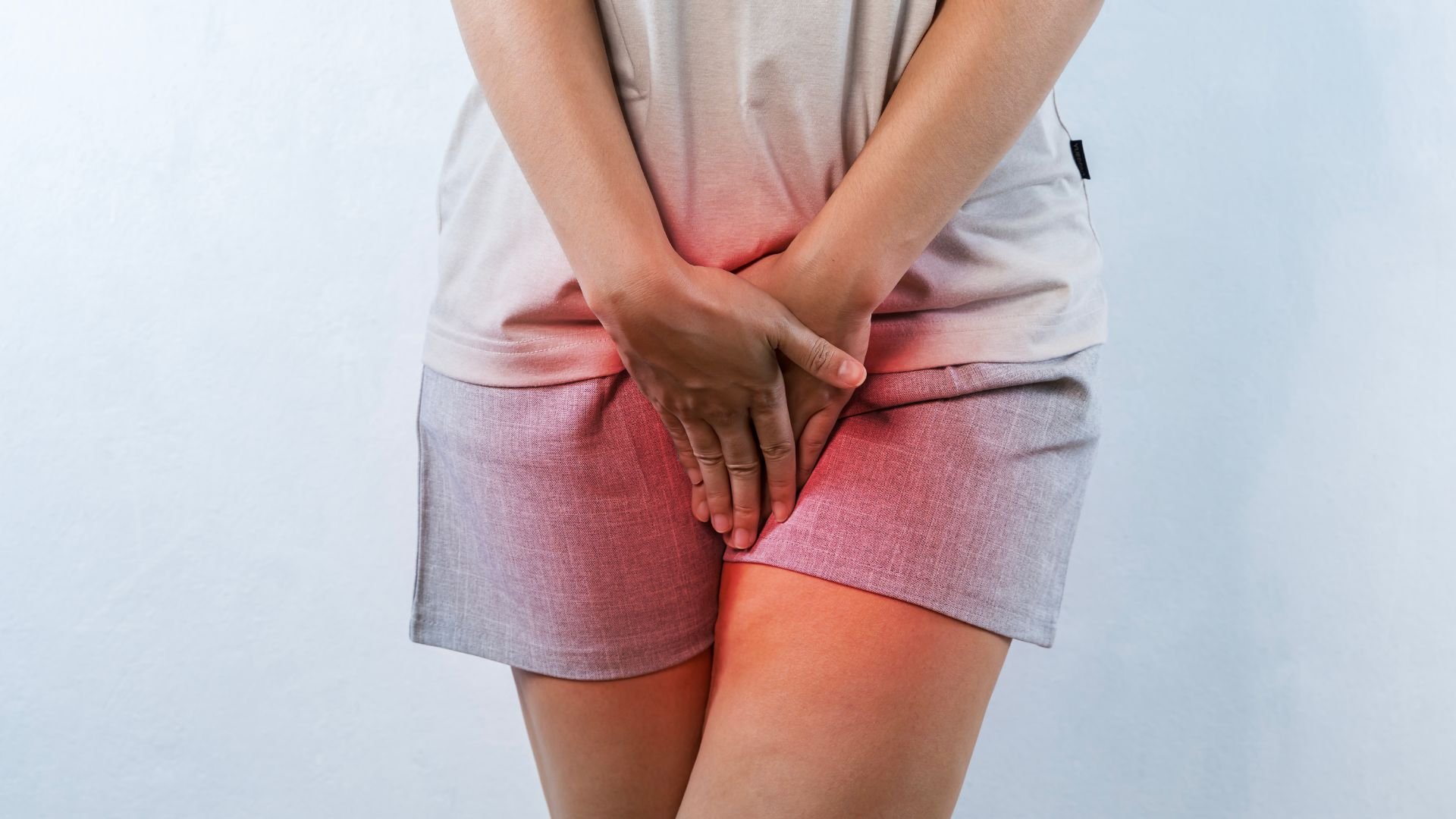Finding Your Bathroom Balance: Understanding and Managing Overactive Bladder
The question seems simple enough: "How often should I urinate during the day?" Yet many women find themselves unsure whether their bathroom habits fall within normal parameters or indicate potential problems. While individual patterns vary based on fluid intake, activity levels, and environmental factors, most healthy adults typically urinate between 6-8 times daily. Consistently exceeding this range – particularly when accompanied by sensations of urgency or disruptions to daily activities – may indicate overactive bladder (OAB), a common condition affecting approximately 30% of women at some point in their lives.
Overactive bladder manifests through several hallmark symptoms: urinary frequency (voiding more than 8 times daily), urgency (sudden, difficult-to-delay need to urinate), nocturia (waking multiple times at night to void), and sometimes urgency incontinence (leakage associated with strong urges). Contrary to popular assumption, OAB doesn't represent a normal part of aging or an inevitable consequence of childbearing – it indicates dysfunction in the complex relationship between your bladder, brain, and pelvic floor muscles. Understanding this connection helps explain why treatment approaches extend beyond medication to include behavioral strategies and specialized physical therapy.
The bladder normally functions as a compliant storage container, gradually filling without creating pressure sensations until reaching appropriate capacity (approximately 300-500ml). Your brain receives filling signals but easily suppresses them until convenient voiding opportunities arise. With OAB, this system becomes dysregulated – your bladder may contract inappropriately before reaching capacity, sensory nerves may become hypersensitive, or your brain may lose efficiency in suppressing normal filling signals. These physiological changes explain why you might experience sudden, overwhelming urges even when your bladder contains relatively little urine – a frustrating situation that often creates anxiety about bathroom accessibility.
Several factors contribute to overactive bladder development, including pelvic floor dysfunction, constipation, hormonal changes, certain medications, and dietary irritants. The relationship between your pelvic floor muscles and bladder function deserves particular attention, as both overly tight and excessively weak muscles can contribute to OAB symptoms. Hypertonic (too tight) pelvic floors create constant tension that irritates the bladder, while hypotonic (too weak) muscles provide insufficient support, potentially triggering unwanted bladder contractions. This complex relationship explains why generic Kegel recommendations sometimes worsen symptoms rather than relieving them – proper assessment determines whether your pelvic floor requires relaxation, strengthening, or coordination training.
Effective OAB management typically combines several approaches tailored to your specific situation. Bladder training gradually extends time between voids, helping retrain both your brain and bladder to accommodate normal filling. Dietary modifications reduce potential irritants like caffeine, alcohol, artificial sweeteners, and acidic foods that may trigger symptoms. Specialized pelvic floor physiotherapy addresses muscle function issues contributing to bladder sensitivity. Stress management proves particularly important, as anxiety about finding bathrooms often creates a self-perpetuating cycle of symptoms. For some women, medication provides additional support, though it typically works best when combined with these behavioural approaches rather than used in isolation.
The journey toward bladder control often requires patience and consistency, with improvements typically appearing gradually rather than immediately. However, success rates remain encouragingly high – studies indicate that comprehensive behavioral approaches yield significant improvement for 50-80% of women with OAB. Perhaps more importantly, these strategies create sustainable results by addressing underlying causes rather than simply masking symptoms. If frequent bathroom visits have been limiting your activities or interrupting your sleep, consider consulting with a pelvic floor physiotherapist or urogynecologist who specializes in these issues. Professional guidance helps navigate the path toward bladder confidence with strategies specifically tailored to your unique situation.

